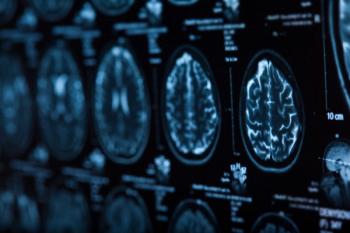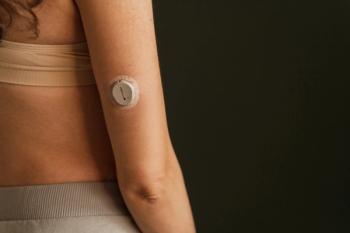
Channel in Nerve Cell May be Key in Unlocking Parkinson Disease Therapy
Researchers have identified a channel in nerve cells that may serve as a new approach to targeting Parkinson disease.
Researchers at the University of Cologne have identified Cav2.3 channels as a new mechanism for the development of Parkinson disease which may be the beginning of a new targeted therapy. The findings were published in Nature Communications.1
Parkinson disease is the second most common neurodegenerative disease in which a specific population of dopamine-producing nerve cells in the mid-brain die off selectively. The resulting lack of dopamine then leads to symptoms such as resting tremors, muscle stiffness, and problems executing voluntary movement. It affects more than 6 million people worldwide and is strongly age-dependent.2
It has previously been found that at the cellular level, disturbances in the calcium-dependent signaling pathways are integral to the development of Parkinson disease. Calcium plays a key role in many cellular signaling pathways, and its concentration is therefore regulated very precisely in the cell.2
Deregulation of the calcium balance causes disturbances of the intracellular signaling cascades, which can lead to cell death. Researchers have now shown that excessive calcium influx through specific ion channels, Cav2.3 channels of the so-called R-type, can contribute significantly to the development of Parkinson disease.1
Researchers were able to prevent the death of dopamine-producing nerve cells by genetically switching off the activity of the Cav2.3 channels. The ion channel Cav2.3 has so far not been associated with Parkinson disease. Further research on dopamine-producing neurons, which have developed from human so-called induced pluripotent stem cells, shows that signaling cascades similar to those that cause Parkinson sensitivity in the animal models are also active in human neurons.1
It had been previously hypothesized that another calcium channel, Cav1.3, plays a central role in the development of Parkinson disease. However, a recently completed clinical trial in which Cav1.3 channels were blocked did not show protection against Parkinson disease.2
This new study provides evidence as to why this clinical trial failed to show protective effects and suggests that selective Cav2.3 inhibitors should be tested as a drug to treat Parkinson disease, the authors concluded.2
Reference
- Benkert J, Hess S, Roy S, et al. Cav2.3 channels contribute to dopaminergic neuron loss in a model of Parkinson’s disease. Nature Communications. 2019; 10 (1) Published November 12, 2019. DOI: 10.1038/s41467-019-12834-x. Accessed November 19, 2019.
- Defining a new approach to treating Parkinson’s Disease [news release]. University of Cologne’s website. https://www.portal.uni-koeln.de/9015.html?&L=1&tx_news_pi1%5Bnews%5D=5542&tx_news_pi1%5Bcontroller%5D=News&tx_news_pi1%5Baction%5D=detail&cHash=39e72989128609d5d53b2f5f6ec6e5d2. Accessed November 19, 2019.
Newsletter
Stay informed on drug updates, treatment guidelines, and pharmacy practice trends—subscribe to Pharmacy Times for weekly clinical insights.

















































































































































































































